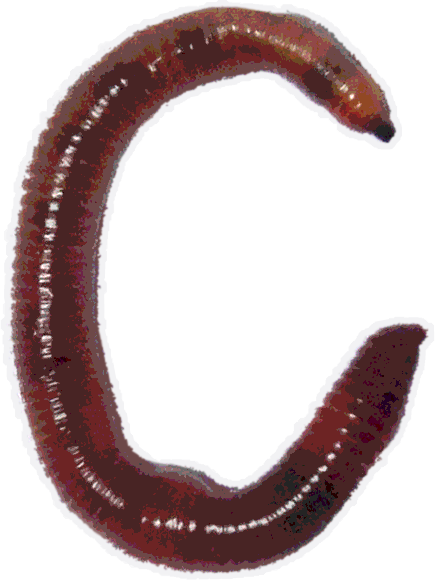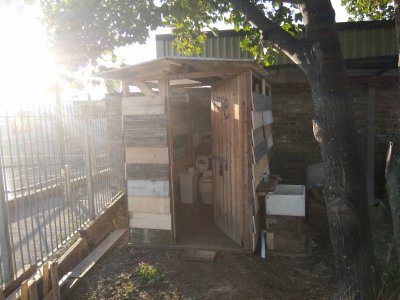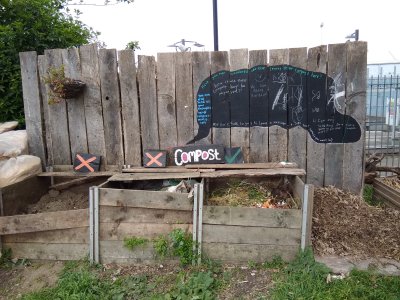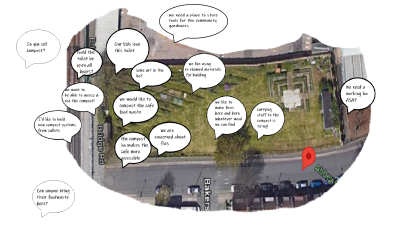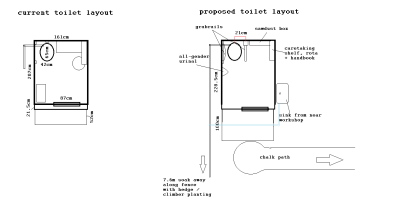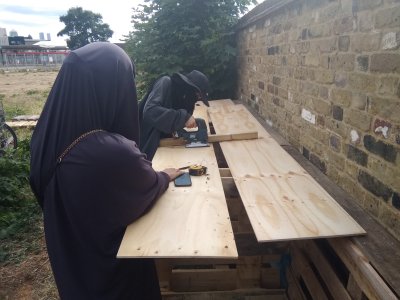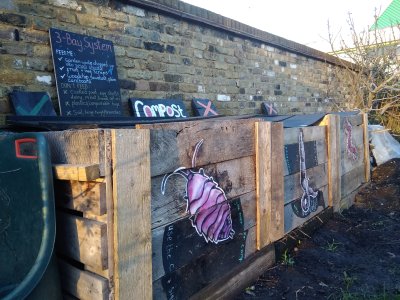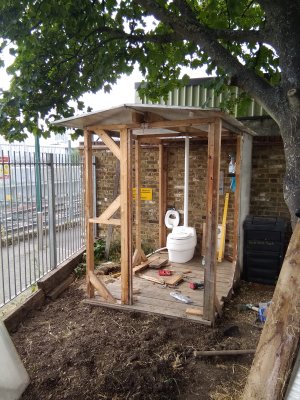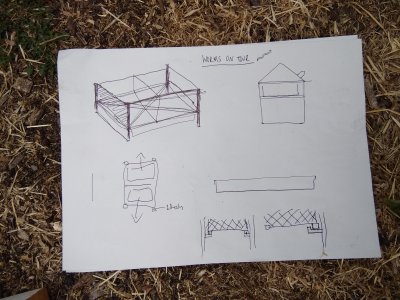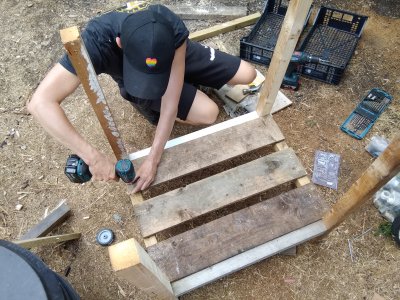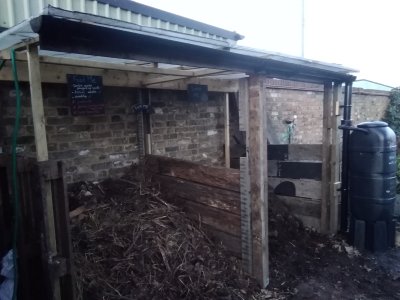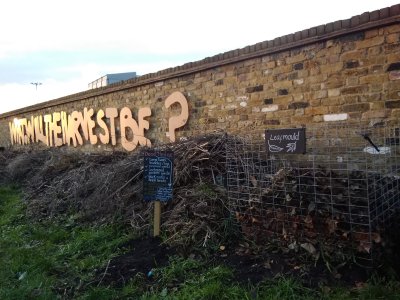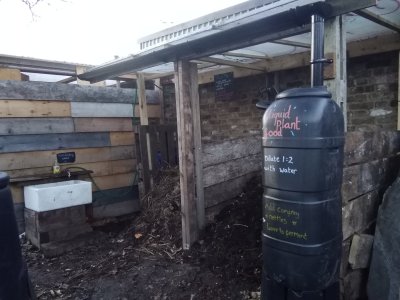Throughout 2022 we worked alongside the staff and community at Abbey Gardens to redesign their existing composting systems and improve the toilet on site.
We started off by running a creative compost workshop, exploring each compost system in the garden and its role in the wider ecosystem and local area. Participants gathered samples to look at under the microscope, wrote letters to their favourite compost pile, measured the temperatures of the different systems and made offerings to reflect how valuable these systems are.
We learnt a lot from these conversations and subsequent chats with garden users, about what works well with the existing systems and what could be improved. We helped to clean and maintain the Separett compost toilet over a period of about 6 weeks, to get it working again, understand how people were using it, and what the issues with it were. Our shared learnings from this initial phase helped inform a design proposal. We then worked together throughout the summer to bring our proposal into being.
This involved:
converting the much loved but a little dysfunctional compost toilet into an accessible compost toilet, by enlarging the dimensions, adding grab rails, an earthen ramp, hand washing basin, and urine soakaway to nourish plant growth along the fence line. To reduce smells we replaced the polycarbonate walls with a more breathable wooden cladding, and built in some gaps below the eaves for air flow and views over the garden. We produced a handbook about how to care for and maintain this loo for years to come.
We built a new mobile worm hive inspired by the bee hives currently being constructed on site. This is for the cafe and local residents to compost their foodwaste, and hopefully get excited about the magic of worms! producing a highly nutritious compost and liquid fertiliser.
We rebuilt the large composting system against the back wall. Creating 2 large bays for material to be added, turned and more easily accessed. We also used some of the polycarbonate walls from the toilet to make a roof which will help to prevent leaching, retain moisture and collect rain water for adding to a nettle and comfrey liquid fertiliser ferment.
We introduced a dead hedge, also along the back wall, for larger woody material too big for composting. This offers a habitat & hibernation space for insects, spiders, amphibians and small mammals, whilst also, eventually breaking down into the soil, and speeding up the composting process elsewhere.
The existing small 3 bay system was falling apart and not providing the best conditions for composting to take place. So we built a new 3 bay system in a different location in the garden, using pallets and reclaimed wood from the local area. We also linked up with local tree surgeons via Chip Drop, to arrange a regular delivery of woodchip. This will help ensure a good balance of greens and browns across each system.
Huge thanks to everyone who inputted and volunteered to shape this proposal and make it happen!
